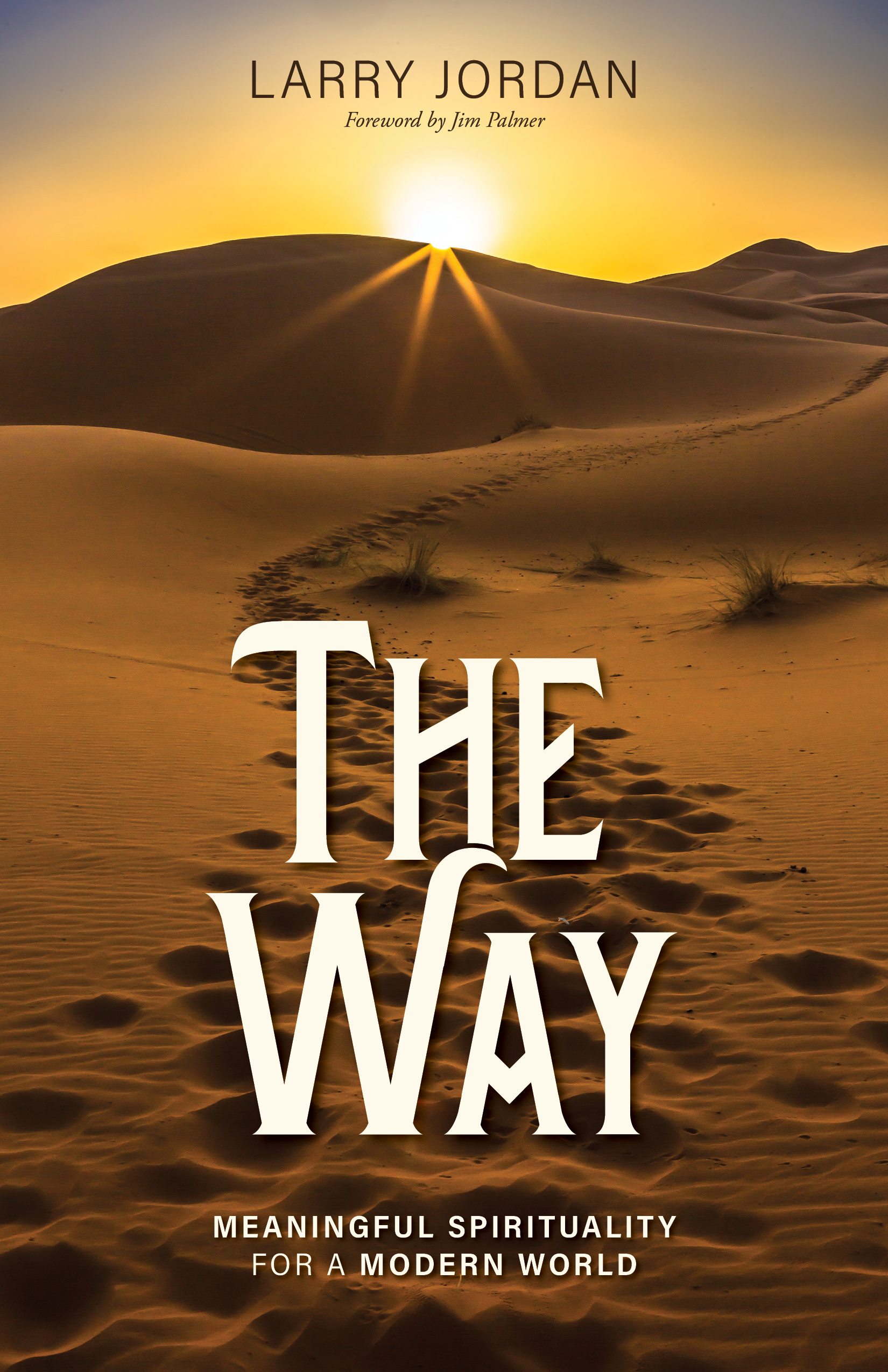The Canyon
Over 5,000,000 tourists visit the North and South rims of the Grand Canyon every year. The canyon is sublime and surreal; it is also familiar and personal.
At the rim, the canyon is a breath-taking panorama of towering spires and vast expanses; a kaleidoscope of brilliant reds, oranges, and yellows; an ever-changing combination of blinding light, harsh shadows, and penetrating heat. The effect is sublime and surreal, more like a painting than a place, that is so expansive that it can hardly be grasped.
Less than 50,000 tourists visit the backcountry of the Grand Canyon every year, including less than 25,000 hikers who brave the 5,000-foot vertical descent to Phantom Ranch, where they can encounter the mighty river that carved the magnificent canyon.
At the river, the canyon is a narrow strait of cool, running water and close, steep walls; a palette of muted grays and greens and blues; a constant combination of reflected light, subtle shadows, and refreshing cross-winds. The effect is familiar and personal, more like a cave than a canyon, that is so intimate that it is almost oppressive.
Can we be describing the same canyon, with these two seemingly-opposite descriptions?
In spiritual matters, most of us do not take the trail; we look from the rim, not the river. Studies show that Americans spend less than eight minutes a day in religious activities.
We may attend church, contribute to the collection basket, or serve on a committee, and if we read about religion, we read books about Christians, by Christians, and for Christians. Often, we know little about our own religion and almost nothing about other religions.
The Western religions were founded in the desert, where monotheistic faiths thrive, and they developed in individual societies with patriarchal cultures, which see God as a male.
The Eastern religions were founded in the forest, where polytheistic faiths thrive, and they developed in collective societies, sometimes with matriarchal cultures, which are less likely to see God as a male or even to see God as a person.
Can we be describing the same God, with these two seemingly-opposite descriptions?
More about that in the next several blog posts. Stay tuned.

